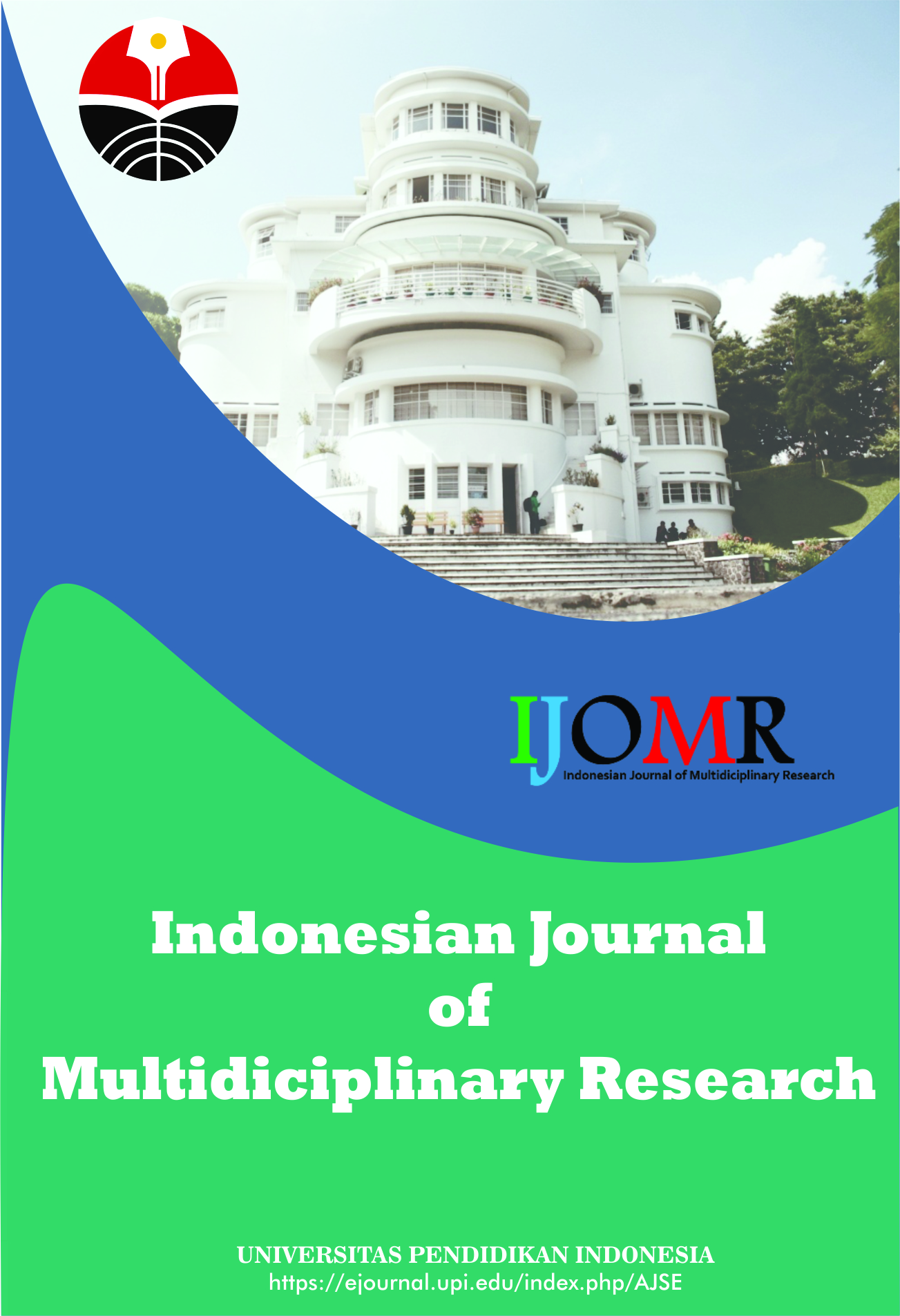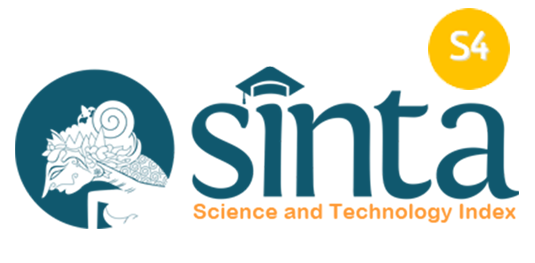Rhythmical Learning Program on Musical Notation for Junior High School Online Using the Maestro Application
Abstract
The purpose of this study was to provide an overview to junior high school students regarding rhythmic sounds based on the number of notes through the Maestro application so that students more easily understand and can practice it directly. This research also guides students to be able to read and write rhythmically on musical notes. The focus of the problems studied includes the material being taught, the methods used, and the results obtained. The research method used is a case study through a qualitative approach. The method is used to describe and describe, as well as analyse the phenomenon of rhythmic learning. The learning method used is not only from one method, but there are several other methods such as using environmental media as material for practice and listening to music or songs. The variation of the method aims to make students not feel bored with the material being taught. The object of this research is 10 students from junior high school 22 Bandung, West Java, Indonesia. These results indicate that students' knowledge of music increased from the previous question in the pre-test, which was 7.46%, and after we explained and distributed the post-test questions, the result was 21.37%.
Keywords
Full Text:
PDFReferences
Ferdiansyah, F., Ambyar, A., Zagoto, M, M., and Putra, I, E, D. (2020). Pemanfaatan media pembelajaran berbasis e-learning dalam meningkatkan hasil belajar pada mata kuliah media pembelajaran musik. Pendidikan Bahasa Sastra, dan Seni, 21(1), 62-72.
Fretisari, I., and Munir, A. (2016). Peningkatan keterampilan membaca pola ritme notasi balok dengan metode drill pada siswa SMP. Jurnal Pendidikan dan Pembelajaran Khatulistiwa, 5(12), 4.
Gumilang, G. S. (2016). Metode penelitian kualitatif dalam bidang bimbingan dan konseling. Jurnal Fokus Konseling, 2(2), 2.
Ghozali, I., and Istiandini, W. Peningkatan keterampilan membaca melodi sederhana dengan notasi balok menggunakan media rekorder sopran. Jurnal Pendidikan dan Pembelajaran Khatulistiwa, 3(9), 3.
Handarini, Ika, O., and Wulandari, S, S. (2002). Pembelajaran daring sebagai upaya study from home (SFH) selama pandemic covid 19. Jurnal Pendidikan Administrasi Perkantoran, 8(3), 496-503.
Nasruddin, R., and Haq, I. (2020). Pembatasan sosial berskala besar (PSBB) dan masyarakat berpenghasilan rendah. SALAM: Jurnal Sosial dan Budaya Syar’i, 7(7), 639-648.
Pakpahan, R., and Fitriani, Y. (2020). Analisa pemanfaatan teknologi informasi dalam pembelajaran jarak jauh di tengah pandemi virus corona covid-19. Journal of Information System, Applied, Management, Accounting and Research, 4(2), 30-36.
Rumapea, M. E. M. (2019). Tantangan pembelajaran musik pada era digital. Gondang: Jurnal Seni dan Budaya, 3(2), 101-110.
Syarifudin, A. (2020). Tren demografi dan pengaruhnya terhadap pendidikan. Jurnal Jendela Bunda Program Studi PG-PAUD Universitas Muhammadiyah Cirebon, 8(1), 32-48.
Wicaksono, H, Y. (2009). Kreatifitas dalam pembelajaran musik. Jurnal Cakrawala Pendidikan. 1(1), 1.
Yosep, W. (2004). Pembelajaran musik kreatif pada anak usia dini (the learning of creative music in early-childhood children). Harmonia: Journal of Arts Research and Education, 5(1), 1.
Yuwono, P. H. (2016). Pengembangan intelegensi musikal siswa melalui pembelajaran musik di sekolah. Khazanah Pendidikan, 10(1), 11.
DOI: https://doi.org/10.17509/ijomr.v2i1.38632
Refbacks
- There are currently no refbacks.
Copyright (c) 1970 Kantor Jurnal dan Publikasi, Universitas Pendidikan Indonesia (UPI)

This work is licensed under a Creative Commons Attribution-ShareAlike 4.0 International License.
Indonesian Journal of Multidiciplinary Research (IJOMR) is published by Universitas Pendidikan Indonesia (UPI)















